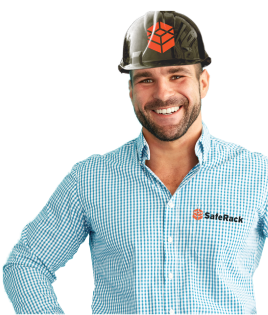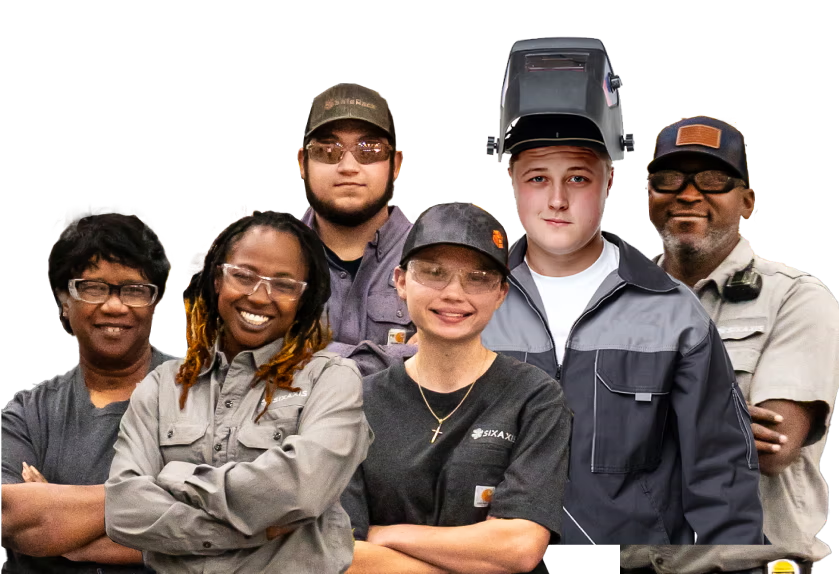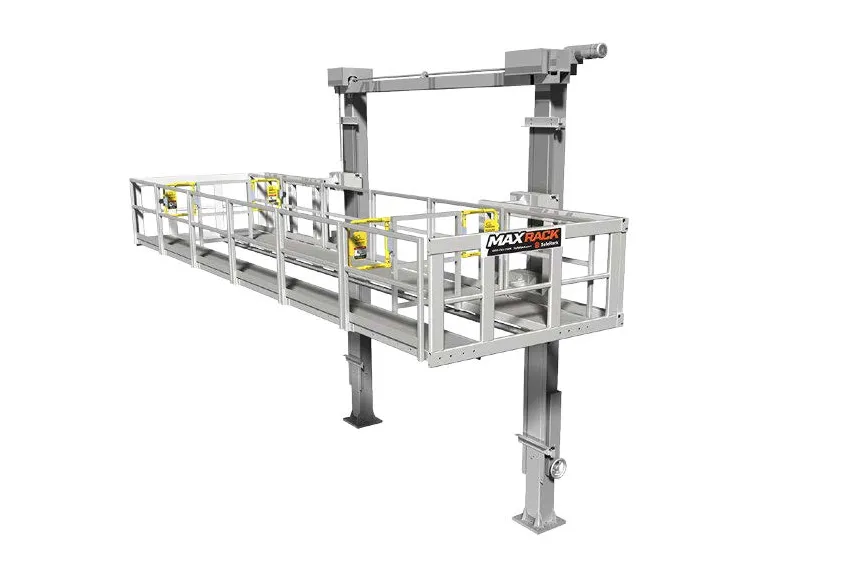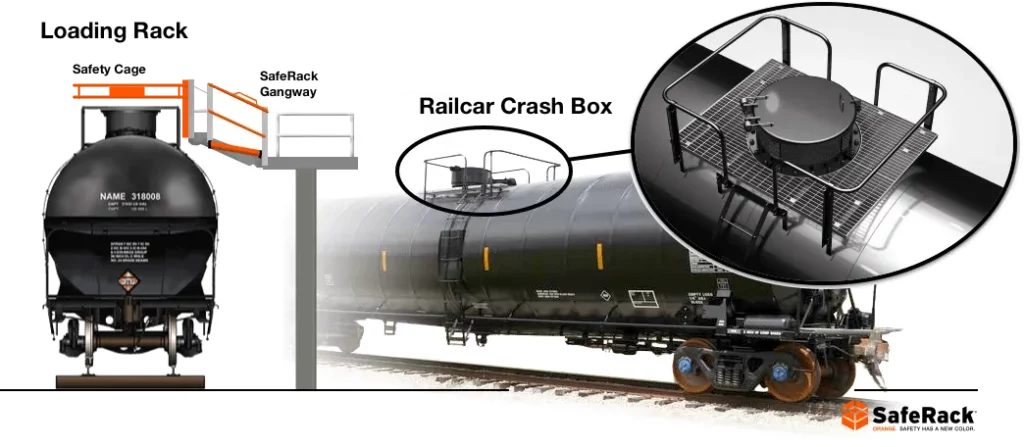
Why offset crash boxes are a leading cause of death in the railway transport industry.
Railway loading gangways are important for speed and for safety. They enable fast loading and unloading from railcars but it is important to remember that this is a risky environment with many potential hazards including falls, trips, and spills. Every year workers die in this industry from a range of accidents with falls topping these worrying statistics.
This industry is undeniably dangerous so it is always important to work with safety as the prime objective rather than keeping to a timetable. Of course in a stressful time-sensitive environment, the temptation is to focus on getting the job done rather than considering personal safety.
A crash box is the built-in railing that protects the top fittings on a rail tank car. Additionally, the railing protects workers from falls when accessing the top valves and fittings during bulk loading or maintenance.
Working at height is always a risk to health and the risks of an accident are increased when the crash boxes are not centered. This is where the gangway is not fully aligned with the crash box opening and when this happens it puts the operatives working along the top of the car in danger of falling or tripping.
When a crash box is not aligned correctly with the gangway, it is known as an offset and in this instance, the operative will need to climb around the crash box to reach the hatch or the valves. One of the major problems with crash box safety is that it is not usually easy to spot this misalignment from ground level. So in most cases, the operative will not realize the dangers until he has already reached the top of the car.
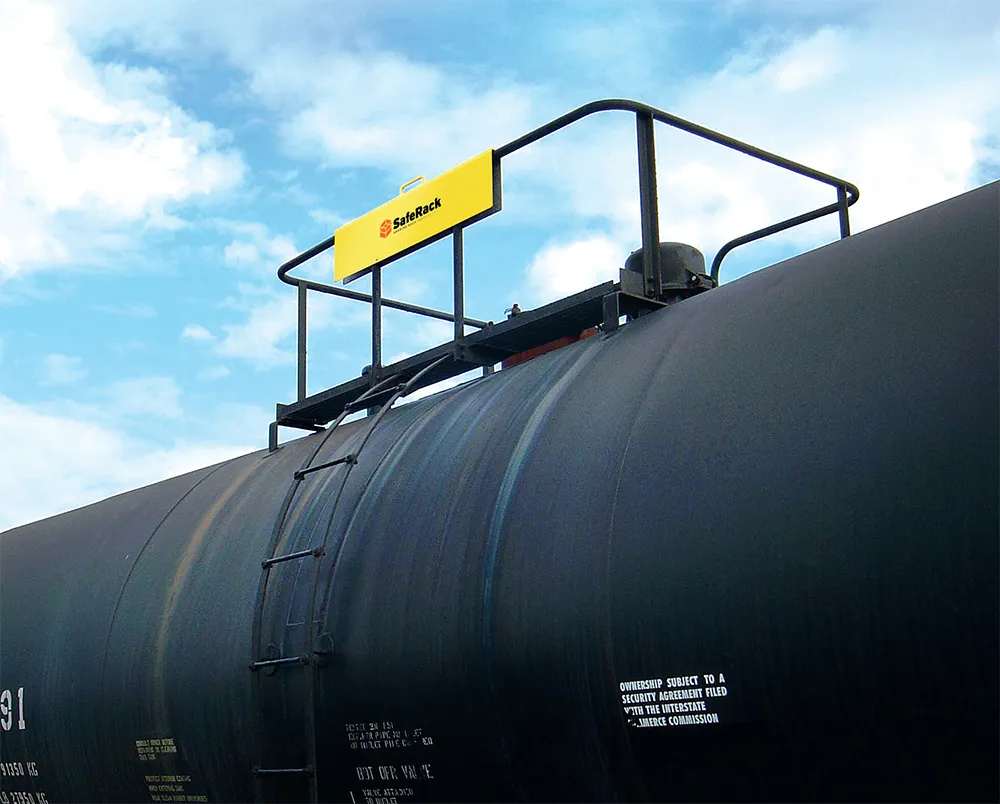
Crash Box Safety Gate
Close Off Unsafe Openings on Railcar Crashboxes.

The elevating safety cage reduces risk.
To minimize risk, you need to provide safety equipment in order to help the operation flow smoothly. An elevating safety cage that transports the operative to the top of the car is the best solution because it cuts out the risks of climbing over the top of the car and is fully mobile so can be positioned in the correct place from ground level.
A safety cage prevents the risk of falling and creates confidence in the workforce improving productivity and avoiding the lengthy delays that are caused by any workplace accident.
With an elevating safety cage, you and your workers can be confident they are fully protected when working at height. They can gain access to the crash box without the need for physically spotting whether or not it is offset and so can carry out their work at height in safety.
Even with an elevating safety cage, this is still a risky environment. But when you invest in safety measures you are far less likely to experience fatalities. The dangers of falling from the top of a railcar should not be underestimated. Falling from height can cause death and life-changing injuries so ensuring that your workers have safe access to the rail cage via an elevating platform is the only way that a responsible employer can continue their necessary functions in the petrochemical industry.

